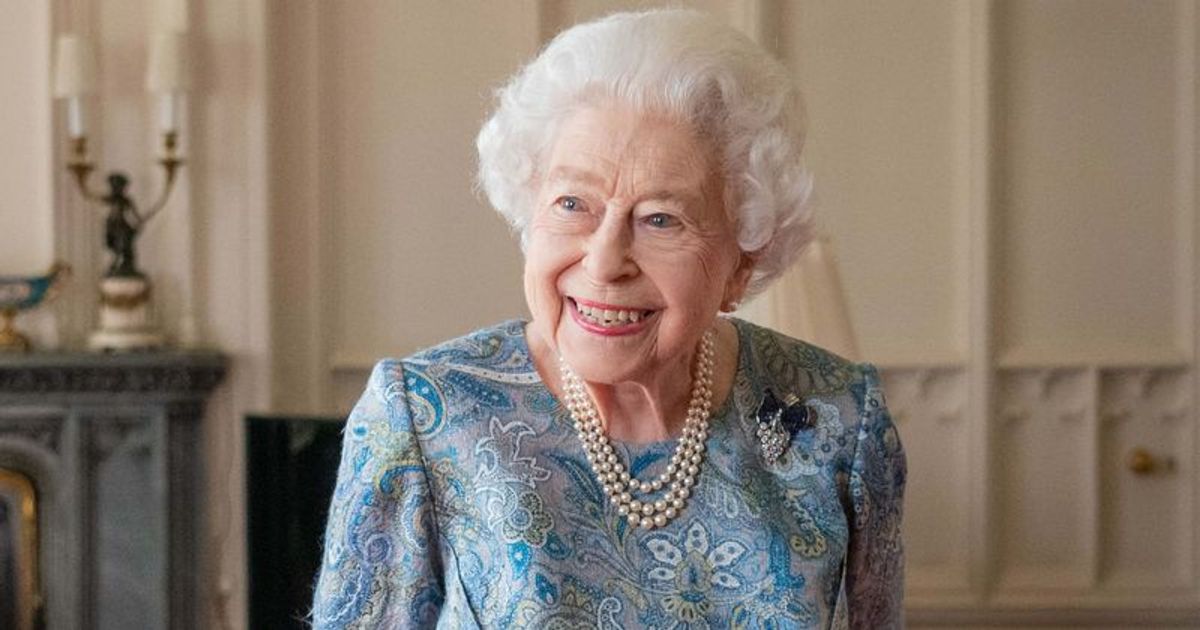Queen Elizabeth II is dead, longest-reigning monarch was 96 years old

LONDON, ENGLAND: Queen Elizabeth II, the longest reigning monarch in modern history has passed away today, September 8, at the age of 96. The late queen, who was reportedly suffering from ill health and mobility issues for some time now, died at her Balmoral residence just a few days after meeting UK's new Prime Minister Liz Truss on September 6. Buckingham Palace had tweeted a statement earlier on September 8 that revealed that the Queen had been "under medical supervision" at Balmoral after royal doctors expressed concerns about her health.
The statement had read, "Following further evaluation this morning, The Queen's doctors are concerned for Her Majesty's health and have recommended she remain under medical supervision. The Queen remains comfortable and at Balmoral." The late Queen had pulled out of a virtual Privy Council on Wednesday, September 7, a day after appointing Liz Truss as PM at her home in the Scottish Highlands on the advice of royal doctors. All senior royals rushed to be beside the Queen in her last hours, including estranged royal Harry, the Duke of Sussex.
READ MORE
What is Operation LONDON BRIDGE? Here are the protocols in place if Queen Elizabeth II dies
How the Queen's health deteriorated after the death of 'her rock' Prince Philip
After the Queen died "peacefully" on September 8 in the afternoon, the Palace released another statement via a tweet that stated, "The Queen died peacefully at Balmoral this afternoon. The King and The Queen Consort will remain at Balmoral this evening and will return to London tomorrow."
The Queen died peacefully at Balmoral this afternoon.
— The Royal Family (@RoyalFamily) September 8, 2022
The King and The Queen Consort will remain at Balmoral this evening and will return to London tomorrow. pic.twitter.com/VfxpXro22W
The downward spiral in the Queen's health was evident during the Platinum Jubilee Celebrations earlier this year that marked the 70th anniversary of the accession of Queen Elizabeth II on 6 February 1952. She greeted crowds on the first day of her Platinum Jubilee celebrations on June 2 when she appeared on the Buckingham Palace balcony with other senior royals and then later at Windsor Castle. But the very next day, she pulled out of the Platinum Jubilee Service of Thanksgiving at St Paul’s Cathedral after experiencing "discomfort."
The late Queen had reportedly been facing “episodic mobility problems” for some time now and was first seen using a walking stick in October 2021. A dedicated empress until the end of her days, she refused to undergo knee surgery even though her joints were troubling her as she did not want to cancel her prior commitments. Her last major surgery was for cataract took place in May 2018. The procedure took place at the private King Edward VII’s hospital in London and she was treated as a day patient.
The Queen was previously not known to suffer from too many health problems. Since ascending to the throne in 1952, the monarch saw 14 Prime Ministers serve her kingdom and lived through another 13 US presidents. Born Elizabeth Alexandra Mary on 21 April 1926, she was the first child of the Duke and Duchess of York, later King George VI and Queen Elizabeth. She was homeschooled, much like other the royalty at the time. She served in the Auxiliary Territorial Service as a part of her public duties during the Second World War.

In 1947, she married Philip, Duke of Edinburgh, a former prince of Greece and Denmark, and had four children - Charles, Prince of Wales; Anne, Princess Royal; Prince Andrew, Duke of York; and Prince Edward, Earl of Wessex. She succeeded the throne after her father passed away in February 1952. She became Head of the Commonwealth and queen regent of seven independent Commonwealth countries including the United Kingdom, Canada, Australia, New Zealand, South Africa, Pakistan, and Ceylon. Between 1956 and 1992, several countries gained independence under her reign, namely South Africa, Pakistan, and Ceylon (modern-day Sri Lanka), became republics.
After her death, the crown passes down to Prince Charles and after him Prince William, the Duke of Cambridge. She had already begun the process of passing down the reign to her son when at the opening ceremony of the Commonwealth Heads of Government Meeting at Buckingham Palace in April in 2018, she expressed a “sincere wish” to the gathered 53 heads of nations that they would one day decide to appoint the Prince of Wales and heir to the British throne as her successor as head of the Commonwealth. Prince Charles had recently also been filling in for her at royal engagements that she could no longer attend due to health issues, taking on a far more active role in the last year of the queen's long life.
The last major event before her Jubilee celebrations attended by the Queen was the wedding of her grandson Prince Harry with Meghan Markle, following which she even went on a small official engagement with the newly titled Duchess of Sussex. In fact, just before she took ill, she had been attending five days of races at the Ascot, as everybody knows far too well her love for horses and racing. It was after these past few days of stressful events that she was reported to have taken ill unexpectedly. Her health further deteriorated after the death of her husband, Prince Phillip.
While the deaths of the Queen Mother and Princess Diana were followed by mass hysteria and affected the masses, it is being said that the Queen's death could cause a marked change in the lives of the British citizens as we know it. Her longevity meant that the majority of the public today has not known life without a Queen. Without her to guide them, it is but natural that the monarchy and its subjects will be at a loss.










